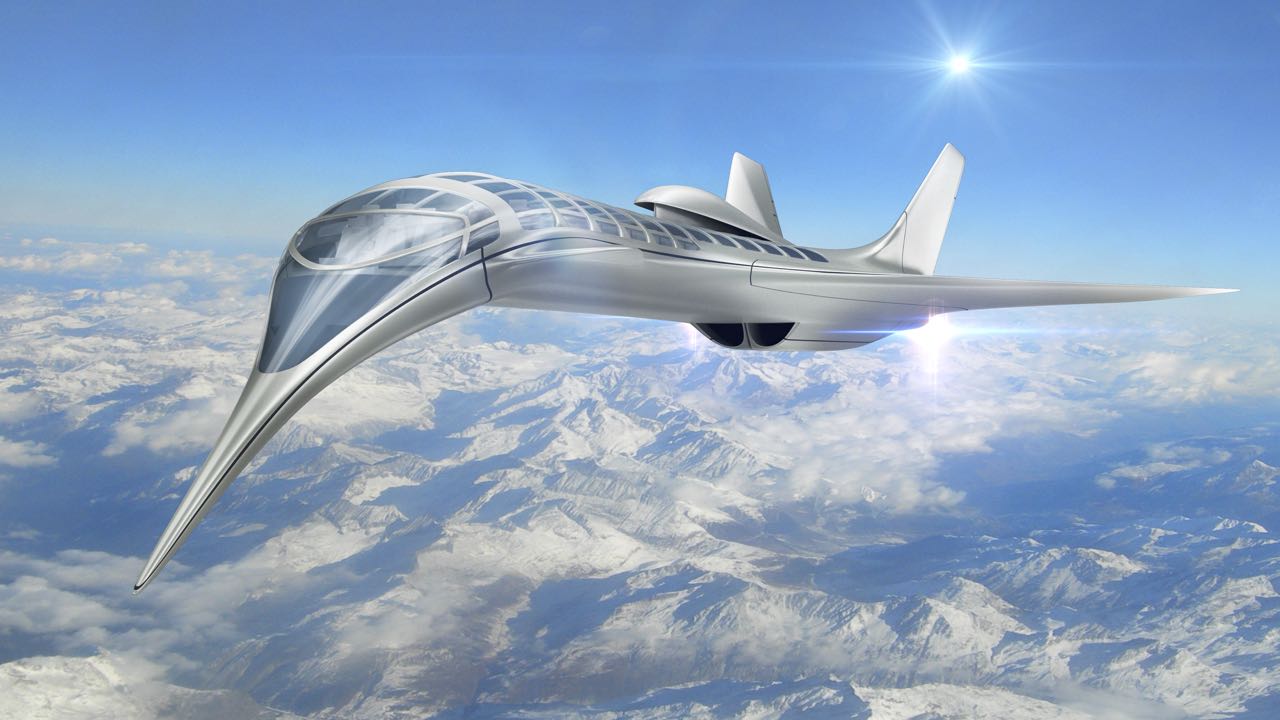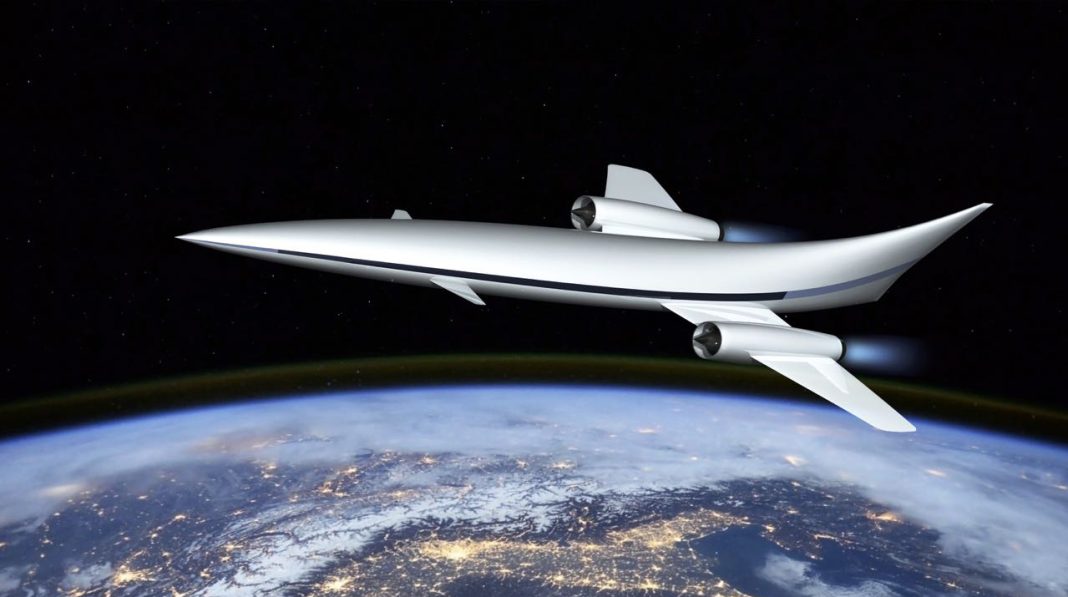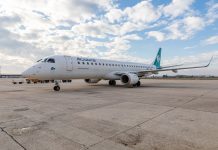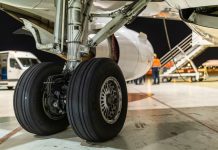Heat has always been the main obstacle to the development of hypersonic aircrafts. Travelling at Mach 5 generates ultra-high temperatures well above 300°C and, up until now, materials subjected to this type of heat have literally disintegrated. But all this is about to change. A team of researchers from the University of Manchester and the Henry Royce Institute, in collaboration with the Central South University in China, have developed a new ceramic coating that could be the launchpad for dreams of supersonic flight. The research was published in Nature Communications.
The ultra-high temperature ceramics (UHTC) currently used by NASA to protect military and space aircraft still have several limitations. The high temperatures resulting from the compression and friction of air on the aircraft cause ablation and oxidation – two phenomena capable of irreparably degrading the components. The new coating made of carbide – namely a mixture of carbon with titanium, boron and zirconium – is expected to be 12 times more resistant to ablation than current coating materials.
The news was immediately followed by statements from Lockheed Martin (a leading company in the aerospace and defence engineering sectors) and DARPA (the government agency of the US Department of Defense responsible for developing new technologies for military use), who want to improve the development of their hypersonic vehicles. And even if there is no passenger travel option in their plans for the time being, hypersonic commercial flights will also be seriously considered.
Dennis Muilenburg, CEO of Boeing, stated that in less than 10 years these aircrafts could also be used for passenger transport. It would mean reducing travel time by 700%; the 15 hours flight time from Shanghai to New York would drop to 2.
“I think in the next decade or two, you’re going to see them become a reality”, said Muilenburg. This is unlikely to be an accessible reality for most people, however, as the super-fast aircraft will only be available for those who are willing to pay a price proportional to the speed.

Boom, a Colorado-based technology company, is also developing a jet for passenger transport. Reportedly five airlines ordered very fast commercial jets from Boom shortly after the Paris Air Show. Blake Scholl, founder and CEO of Boom, said “Airlines are excited for something new and different to offer their passengers and we’re thrilled that major world airlines share our vision for a future of faster, more accessible supersonic travel”.
Sources: University of Manchester, Nature Communications, Engadget, Popular Mechanics, Close-up Engineering.




